
A crown is a traditional form of head adornment, or hat, worn by monarchs as a symbol of their power and dignity. A crown is often, by extension, a symbol of the monarch's government or items endorsed by it. The word itself is used, particularly in Commonwealth countries, as an abstract name for the monarchy itself, as distinct from the individual who inhabits it. A specific type of crown is employed in heraldry under strict rules. Indeed, some monarchies never had a physical crown, just a heraldic representation, as in the constitutional kingdom of Belgium.

A cuirass is a piece of armour that covers the torso, formed of one or more pieces of metal or other rigid material. The word probably originates from the original material, leather, from the French cuirace and Latin word coriacea. The use of the term "cuirass" generally refers to both the breastplate and the backplate pieces; whereas a breastplate only protects the front, a cuirass protects both the front and the back of the wearer.

The Aboriginal Tasmanians are the Aboriginal people of the Australian island of Tasmania, located south of the mainland. For much of the 20th century, the Tasmanian Aboriginal people were widely, and erroneously, thought of as being an extinct cultural and ethnic group that had been intentionally exterminated by white settlers. Contemporary figures (2016) for the number of people of Tasmanian Aboriginal descent vary according to the criteria used to determine this identity, ranging from 6,000 to over 23,000.
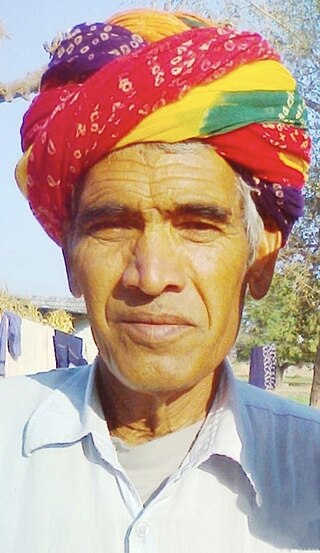
A turban is a type of headwear based on cloth winding. Featuring many variations, it is worn as customary headwear by people of various cultures. Communities with prominent turban-wearing traditions can be found in the Indian subcontinent, Southeast Asia, the Middle East, the Balkans, the Caucasus, Central Asia, North Africa, West Africa, East Africa, and amongst some Turkic peoples in Russia.

The Hebrew word for 'symbol' is ot, which, in early Judaism, denoted not only a sign, but also a visible religious token of the relation between God and human.
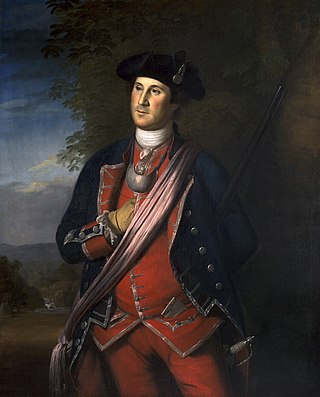
A gorget, from the French gorge meaning throat, was a band of linen wrapped around a woman's neck and head in the medieval period or the lower part of a simple chaperon hood. The term later described a steel or leather collar to protect the throat, a set of pieces of plate armour, or a single piece of plate armour hanging from the neck and covering the throat and chest. Later, particularly from the 18th century, the gorget became primarily ornamental, serving as a symbolic accessory on military uniforms, a use which has survived in some armies.
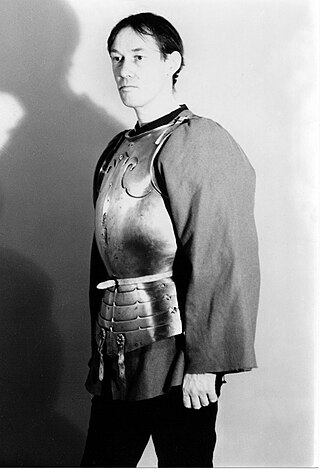
A breastplate or chestplate is a device worn over the torso to protect it from injury, as an item of religious significance, or as an item of status.

William Barak, named Beruk by his parents, the "last chief of the Yarra Yarra tribe", was the last traditional ngurungaeta (elder) of the Wurundjeri-willam clan, the pre-colonial inhabitants of present-day Melbourne, Australia. He became an influential spokesman for Aboriginal social justice and an important informant on Wurundjeri cultural lore.

The Yaka are an African ethnic group found in southwestern Democratic Republic of the Congo, with Angola border to their west. They number about 300,000 and are related to the Suku people. They live in the forest and savanna region between the Kwango River and the Wamba River. They speak the Yaka language).
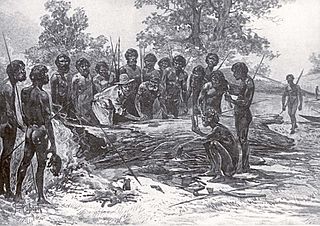
Batman's Treaty was an agreement between John Batman, an Australian grazier, businessman and coloniser, and a group of Wurundjeri elders, for the purchase of land around Port Phillip, near the present site of Melbourne. The document came to be known as Batman's Treaty and is considered significant as it was the first and only documented time when Europeans negotiated their presence and occupation of Aboriginal lands directly with the traditional owners. The treaty was implicitly declared void on 26 August 1835 by the Governor of New South Wales, Richard Bourke.

Bungaree, or Boongaree, born presumably in the Rocky Point area, New South Wales, was an Aboriginal Australian from the Darug people of the Broken Bay north of Sydney, who was known as an explorer, entertainer, and Aboriginal community leader. He is also significant in that he was the first Australian born person to be recorded in Matthew Flinders' Diary as a resourceful Australian, and the first Australian-born person to circumnavigate the Australian mainland.

A livery collar or chain of office is a collar or heavy chain, usually of gold, worn as insignia of office or a mark of fealty or other association in Europe from the Middle Ages onwards.

A tribal chief, chieftain, or headman is the leader of a tribal society or chiefdom.

A message stick is a public communication device used by Aboriginal Australians. The objects were carried by messengers over long distances and were used for reinforcing a verbal message. Although styles vary, they are generally oblong lengths of wood with motifs engraved on all sides. They have traditionally been used across continental Australia, to convey messages between Aboriginal nations, clans and language groups. In the 1880s, they became objects of anthropological study, but there has been little research on them published since then. Message sticks are non-restricted since they were intended to be seen by others, often from a distance. They are nonetheless frequently mistaken for tjurungas. the term 'message stick' is also sometimes applied to similar objects made by Indigenous people of North America, housed in the Peabody Museum Harvard and the Phoebe A. Hearst Museum of Anthropology, Berkeley.
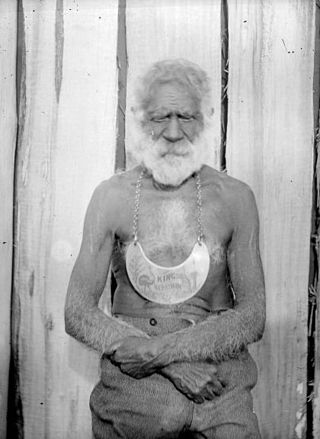
Umbarra, or King Merriman was an elder of the Djirringanj/Yuin people of the Bermagui area on what has become called the Sapphire Coast since European Colonial settlement of far-southern New South Wales coastal area.
The association between the monarchy of Canada and Indigenous peoples in Canada stretches back to the first interactions between North American Indigenous peoples and European colonialists and, over centuries of interface, treaties were established concerning the monarch and Indigenous nations. First Nations, Inuit, and Métis peoples in Canada have a unique relationship with the reigning monarch and, like the Māori and the Treaty of Waitangi in New Zealand, generally view the affiliation as being not between them and the ever-changing Cabinet, but instead with the continuous Crown of Canada, as embodied in the reigning sovereign.

The King George V Coronation Medal was a commemorative medal instituted in 1911 to celebrate the coronation of King George V, that took place on 22 June 1911.

Headgear, headwear, or headdress is any element of clothing which is worn on one's head, including hats, helmets, turbans and many other types. Headgear is worn for many purposes, including protection against the elements, decoration, or for religious or cultural reasons, including social conventions.
The Indigenous Collection at the Miles District Historical Village is a collection of Australian Aboriginal artefacts from the local area and western Queensland, some of which are extremely rare, and has national historic significance by its association with Indigenous Australians. The Miles District in south-east Queensland supported the Barunggam people, and was a transition stop for other Aboriginal peoples.
The King's Plate is a horse race, and the first leg of the Canadian Triple Crown.

















